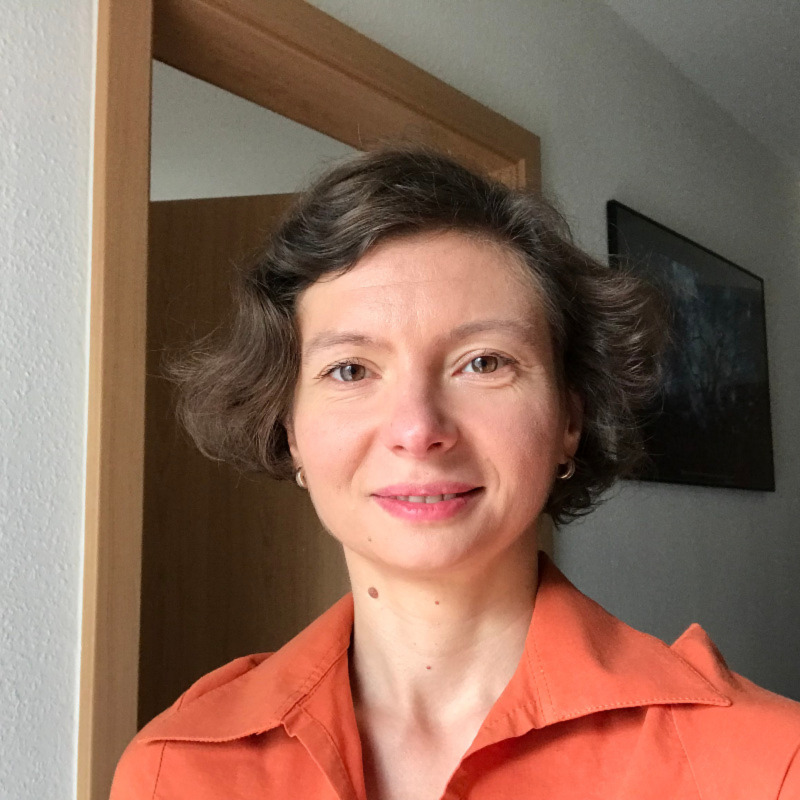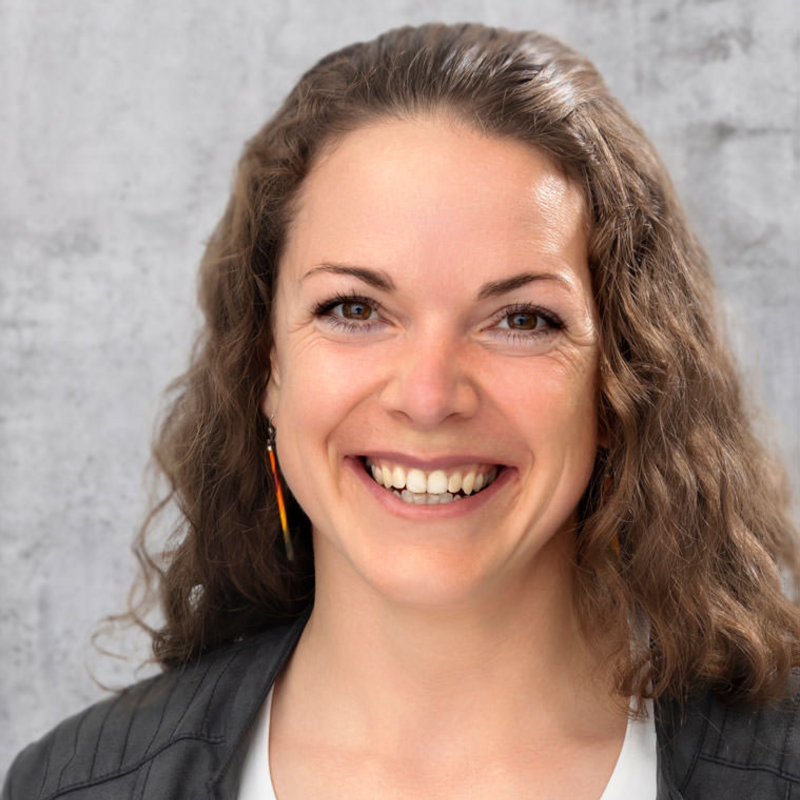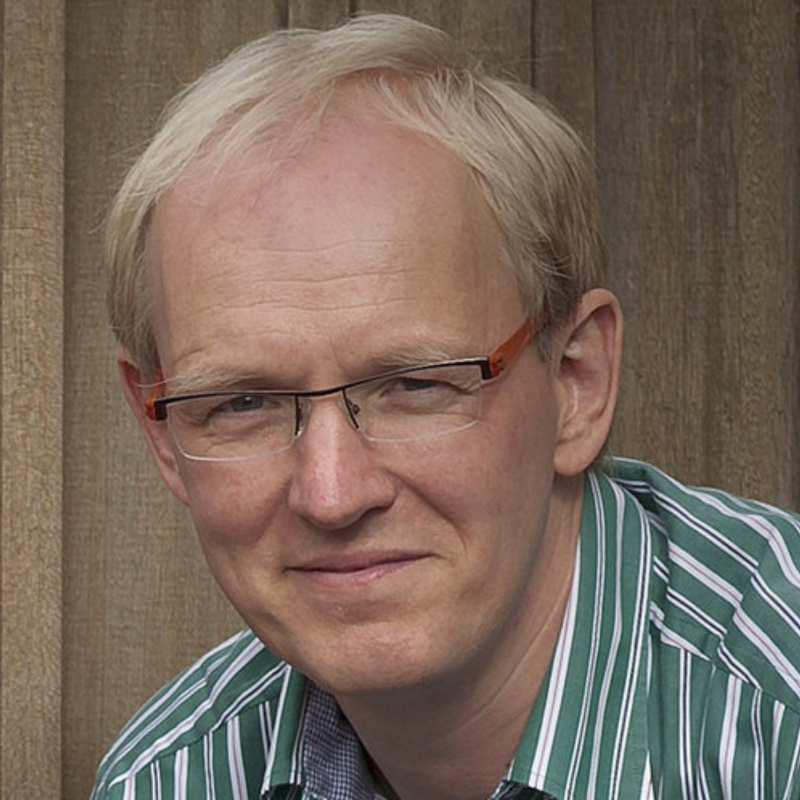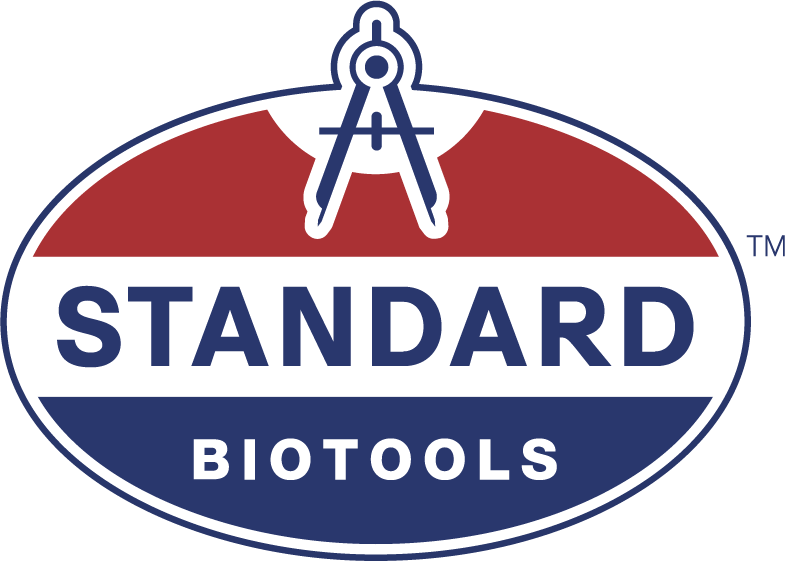Full Spectrum Spectral Cytometry: evolution & new features for high parameter analysis
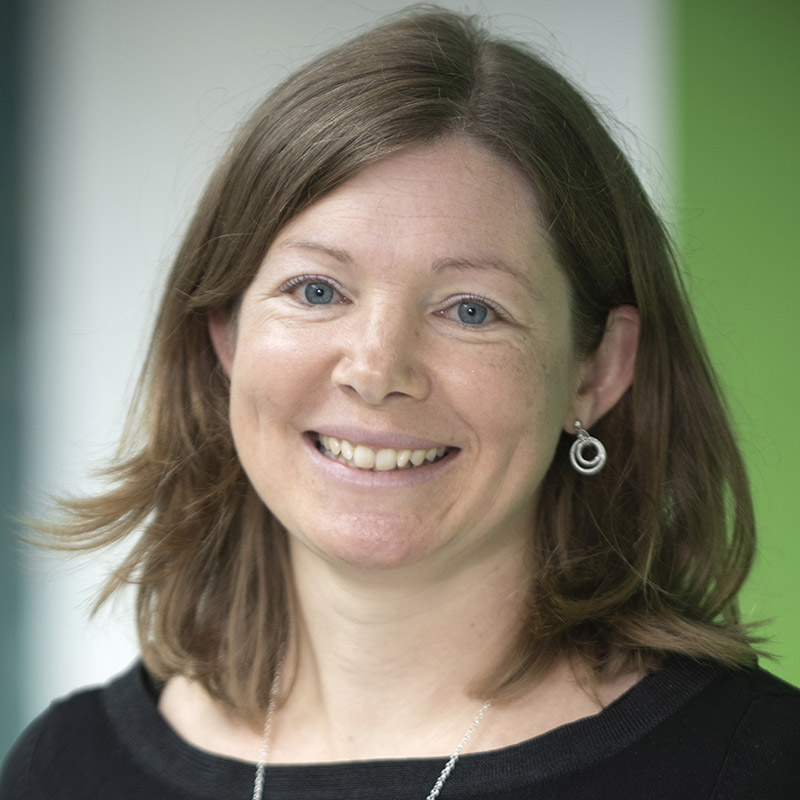
Abstract
Full Spectrum Spectral Cytometry: evolution & new features for high parameter analysis
Sandrine Schmutz1, Pierre-Henri Commere1, Cedric Ait Mansour2, Ana Cumano3, Milena Hasan1, and Sophie Novault1
1CB UTechS, Institut Pasteur, Paris, France, 2Sony Biotechnology, France, 3Unit Lymphocytes and Immunity, Immunology Department, Institut Pasteur, Paris, France,
Recently, spectral technology revolutionized the field of cytometry by allowing separation of dyes utilizing their full spectrum. This has dramatically increased the resolution and capacity of detection of fluorophores with close peaks of emission1, which were undistinguishable by conventional cytometry. On the first generation of spectral cytometer, we showed the separation of dyes with very similar emission peaks, as well as the improvement in discrimination of intestinal and bladder subsets using the management of autofluorescence.
In parallel with the development of the spectral technology, the number of new dyes on the market exploded, allowing establishment of panels with unprecedented dimensionalities. The spectral analyzer Sony ID7000, with 6 lasers and 184 detectors is now the most versatile system available, allowing simultaneous detection of more than 40 colors.
On our platform, we established a panel with 42 fluorescent markers, designed to allow deep phenotyping of most of the hematopoietic cells present in the human PBMCs (including T cell subsets, B cells, NK cells, innate and myeloid populations) on a single sample. The panel can be used for characterization of immune response in health and disease and is suitable for immunomonitoring studies.
We performed dimensional reduction and clustering analysis on the acquired data using multiple software solutions, including a software analysis solution that was made available through a collaboration with the Sony R&D team.
In collaboration with a research unit, we used the advantage of the ID7000 spectral cytometer to manage the autofluorescence, which can be used as one or several additional fluorescent parameters. In this study on the murine fetal liver, we could assign two autofluorescent signals to three distinct cell types and identify surface markers that characterize these populations2. These results show that autofluorescence used as a parameter in spectral flow cytometry is a useful tool to identify new cell subsets that are difficult to analyze in conventional flow cytometry.
In conclusion, spectral cytometry provides outstanding capacities in terms of dyes separation, deep phenotyping, and autofluorescence management by providing a powerful approach for the characterization of specific cells tissues.


